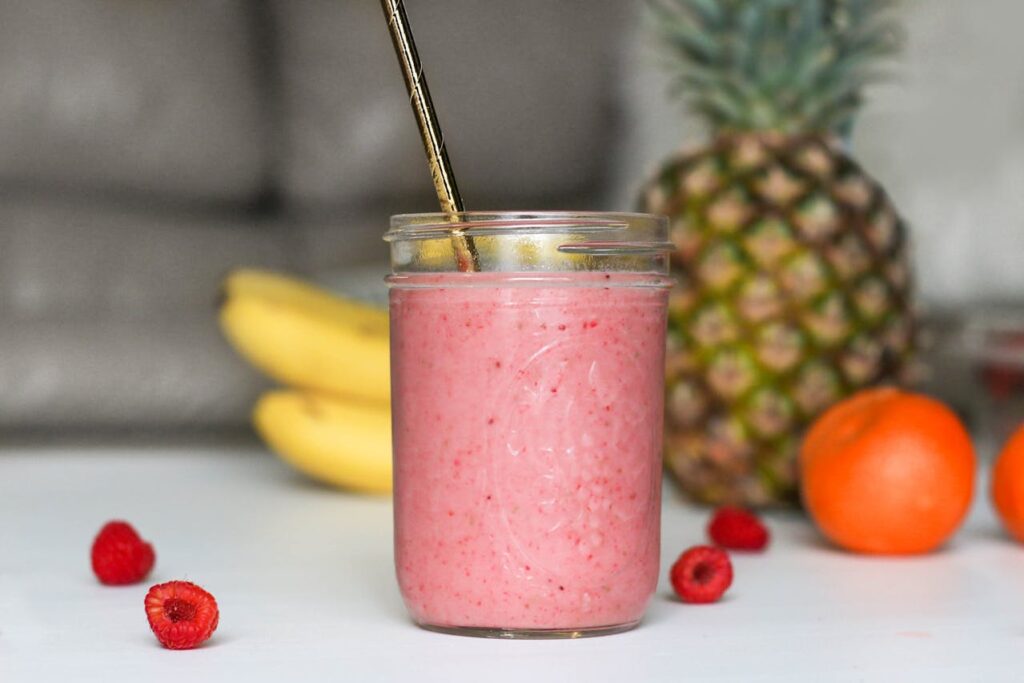Despite our best efforts to stay informed, the fitness world is rife with myths and misconceptions that could be stalling your health and fitness journey. From misunderstanding nutrition facts to adopting ineffective workout routines, it’s time to debunk some of the most common health and fitness myths that may be hindering your progress. Let’s set the record straight and pave the way for more effective and informed wellness strategies.
Myth: You need to work out every day to see results.

Reality: Rest and recovery are just as important as exercise. Overtraining can lead to exhaustion and injury, which actually impede progress. Proper rest allows muscles to repair and grow stronger, which is crucial for improving fitness.
Myth: Lifting weights makes women look bulky

Reality: Due to lower testosterone levels, most women won’t build large, bulky muscles from strength training. Instead, they’ll develop a leaner, more toned physique. Weightlifting increases metabolic rate and supports bone health, making it beneficial for women’s long-term fitness and well-being.
Myth: Cardio is the best way to lose weight

Reality: A balanced approach that includes both cardio and strength training is more effective. Muscle tissue burns more calories than fat even when at rest, so building muscle through weightlifting can help increase your basal metabolic rate, aiding in long-term weight management.
Myth: Eating fats makes you fat

Reality: Fats are essential for nutrient absorption and brain health. The key is consuming the right kind of fats—like those from avocados, nuts, and fish—which can actually help with weight loss by enhancing satiety and reducing overall calorie intake.
Myth: No pain, no gain

Reality: Some muscle soreness is normal after a workout, but sharp pain is a warning sign. Pain can indicate an injury or improper technique. Effective training focuses on form and proper intensity levels, which should not cause acute pain.
Myth: You can target fat loss from specific body parts

Reality: Spot reduction is a myth. Fat loss is systemic and influenced by genetics and overall body composition. A well-rounded exercise regimen and healthy diet are the best strategies for reducing body fat overall.
Myth: More sweat means more fat loss.

Reality: Sweat is a biological response to heat regulation, not an indicator of fat burning. Effective fat loss involves a calorie deficit and cannot be measured by the amount of sweat produced.
Myth: Supplements are necessary for progress.

Reality: While supplements can support certain fitness goals, they are not essential for everyone. A balanced diet is typically sufficient to meet nutritional needs unless specific deficiencies require supplementation.
Myth: You should stretch before working out to prevent injury.

Reality: Dynamic stretches are appropriate before workouts to prepare muscles for activity, but static stretching is best saved for after exercise when muscles are warm and more elastic to aid in recovery and flexibility.
Myth: Eating late at night causes weight gain.

Reality: It’s the total calorie intake versus expenditure that affects weight, not the timing of meals. Eating late can lead to weight gain if it leads to excess calorie consumption, but not due to the time on the clock.
Myth: Crunches are the key to a flat stomach

Reality: Crunches strengthen abdominal muscles but do not burn belly fat specifically. A holistic approach including cardiovascular and strength training exercises along with a calorie-controlled diet is required to reduce overall body fat.
Myth: Sports drinks are the best way to rehydrate after a workout.

Reality: For most regular workouts, water is adequate for hydration. Sports drinks are beneficial during prolonged, strenuous exercise when electrolyte replenishment is necessary.
Myth: Protein shakes are essential for muscle building.

Reality: While protein is crucial for muscle repair and growth, many people can achieve adequate protein intake through their diet. Supplements like protein shakes can help if dietary intake is insufficient.
Myth: You need a gym membership to get fit.

Reality: Fitness can be achieved in myriad ways outside of a gym. Running, home workouts, bodyweight exercises, and other activities are all effective.
Myth: If you’re not sore after a workout, it wasn’t effective.

Reality: Soreness or DOMS (Delayed Onset Muscle Soreness) is caused by unfamiliar or intense physical activity, not necessarily an indicator of effectiveness. Adaptation to exercise can reduce soreness while still improving fitness.
Myth: Skipping meals helps you lose weight faster.

Reality: Skipping meals can decrease metabolism and lead to overeating later due to increased hunger. Regular, balanced meals promote better metabolism and weight control.
Myth: Drinking water helps you lose weight.

Reality: Hydration aids overall health and helps maintain satiety, which can prevent overeating. However, water does not directly affect weight loss, though it replaces high-calorie beverages.
Myth: You should always choose the low-fat option.

Reality: Low-fat options can have added sugars or salt to improve taste, which can be counterproductive. Healthy fats are crucial for a balanced diet and should not be universally avoided.
Myth: Vegetarian diets are always healthier.

Reality: Vegetarian diets can provide health benefits if well planned to include sufficient protein, iron, vitamin B12, and other nutrients. However, merely removing meat does not automatically make a diet healthy.
Myth: Intense exercise is the only way to get fit.

Reality: Moderate and consistent exercise can also provide significant benefits, including cardiovascular health, improved mood, and better energy levels, and is often more sustainable.
Myth: You can eat whatever you want as long as you exercise.

Reality: Diet quality is crucial for fitness and health. Poor dietary choices can negate the benefits of exercise and lead to health problems like high cholesterol and diabetes.
This article originally appeared on UnifyCosmos.
More from UnifyCosmos
20 Intriguing Facts About Endangered Animal Species

Discovering intriguing facts about these endangered animals not only broadens our understanding but also emphasizes the importance of protecting our natural world for future generations. Read more!
25 Surprising Facts About Dreams and How We Sleep

Join us on this journey as we delve deeper into the wonders of this fundamental aspect of human experience. Read more!
20 Common Relationship Mistakes to Avoid

This article offers insights into recognizing and rectifying these mistakes, helping couples strengthen their bond. Through practical advice, it aims to guide partners towards a more understanding and resilient connection. Read more!
Leave a Reply